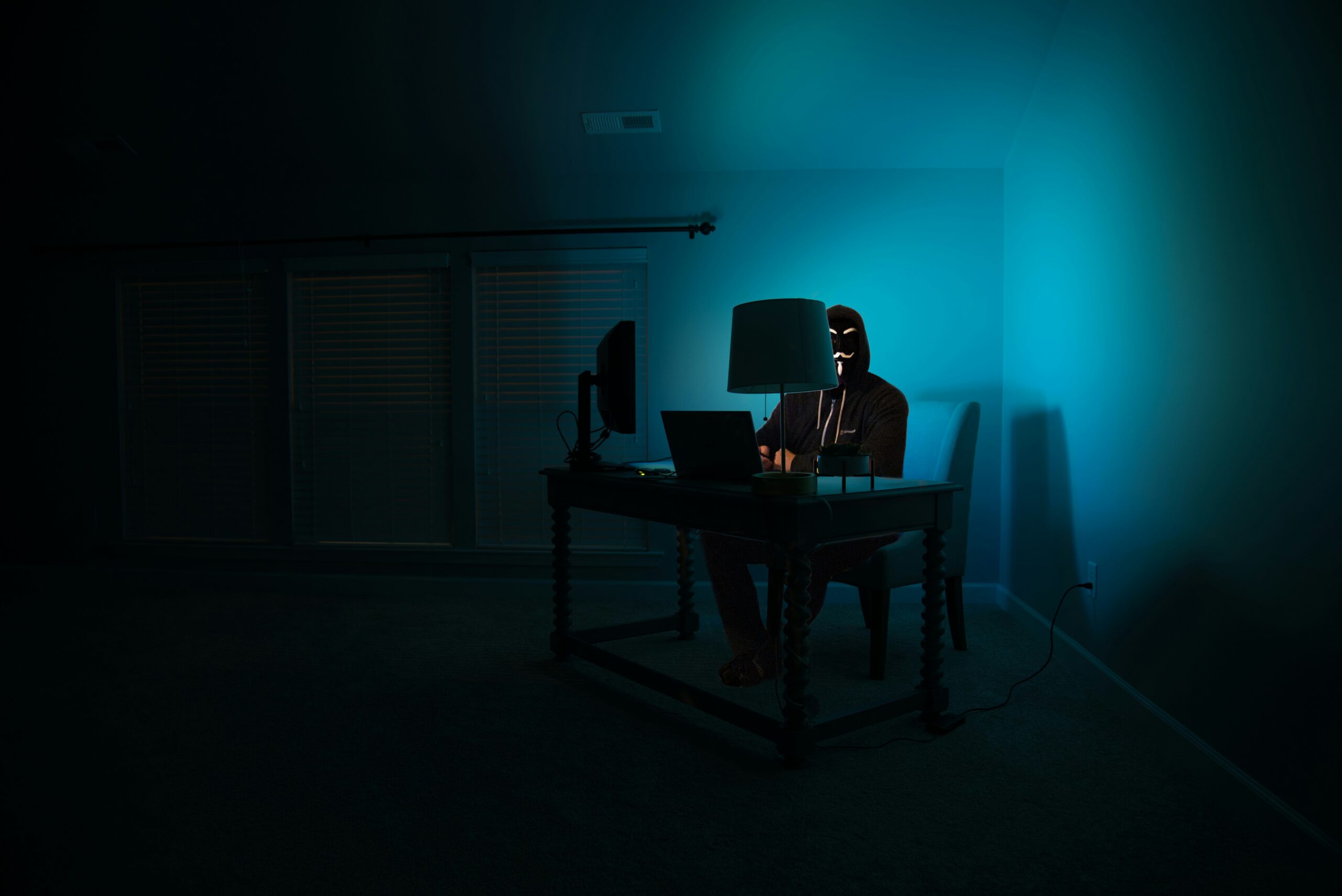The Nazca lines are a celebrated example of cultural property. Located in the Nazca Desert in southern Peru, the Nazca lines are a series of ancient designs called “geoglyphs” that were created by removing small, reddish pebbles to expose the white ground underneath. These designs were created by the Nazca culture between 400 and 650 AD, and were recognized as a UNESCO World Heritage Site in 1994. The designs include animals, trees, and flowers. Moreover, the unique climate of the Nazca Desert has allowed for the natural preservation of these early forms of art: since the area is relatively isolated and windless, the designs have remained naturally intact. As such, Peru has taken care to further preserve the Nazca lines. In doing so, the nation has voiced environmental concerns, and has stringently regulated access to the area. For example, “[e]ven ministers and presidents have to seek special permission [to visit] and wear special footwear to access the grounds.”[1]
In December 2014, climate change talks were held in the Peruvian capital of Lima. Greenpeace took the opportunity to illegally visit the Nazca lines and use yellow fabric letters to inscribe “Time for Change! The Future is Renewable. Greenpeace” next to one of the iconic images of a Nazca hummingbird. In doing so, the group of activists allegedly removed 1,600 km2 of the surface next to the hummingbird.[2] This display can be seen from an airplane descending into Lima, so Greenpeace used the letters to catch the attention of those attending the climate change talks. In doing so, Greenpeace seriously offended both Peruvians and art appreciators alike. Not only was their entry illegal, but also they did not use the special footwear when traversing the delicate landscape. The incident also sparked a heated legal debate about preservation of cultural property, as well as prosecution and extradition.
Since the incident, Greenpeace has apologized and has also divulged the names of individuals involved in the planning and execution of the Nazca lines exploit. Recently, the government of Peru named Javier Wilfredo Paredes Sotelo as a Public Prosecutor to oversee the extradition requests for select Greenpeace activists.[3] One of those activists includes Argentina’s Mauro Nicolas Fernandez, who took part in the activity. In February, the Permanent Criminal Chamber of the Supreme Court of Peru made the extradition request because Fernandez’ name was provided to the Peruvian government. This request was also filed with “a sentence issue for six months of detention for Fernandez, by the First Court of Preliminary Preparatory Investigation of Nazca.”[4] Because the offense is considered to fall outside of a political offense, it will be prosecuted in the “ordinary courts” of Peru, pursuant to a treaty between Argentina and Peru.[5]
Since the incident, Fernandez has publicly apologized, saying that he “want[s] to express [his] apologies to the Peruvian people and [his] deep and sincere regret for having been the voice of this mistaken activity.”[6] Despite this, reports note that “the mastermind of the Nazca Lines action was Wolfgang Sadik, a veteran campaigner with Greenpeace Germany…”[7] Sadik is also an archeologist by training. As Greenpeace’s activity has been widely condemned, the organization’s reputation has been tainted and Greenpeace currently faces an uphill battle to convince the world that it will not harm cultural property in the future. For example, Mike Townsley is the chief spokesman for Greenpeace International and he said that, after the incident, he “fully expect[ed] to get questions from journalists about whether we are planning an action on the Eifel tower or Arc de Triomphe” prior to a UN climate summit that was to be held in Paris.[8]
While the Nazca lines incident carries political implications, it also carries legal ramifications. Peru seeks to use its judicial system to make sure that justice is served. However, laws pertaining to cultural property are quite complex, and often prove to be a poor way to deal with damages after the fact. This is partly because a plethora of unanswerable questions are tied into the legal proceedings. For example, how will they prosecute the activists: both criminally and civilly? If so, then who is the victim? Peruvians? Art appreciators? Humanity at large? And also, how can legal actions undo the physical damage to a space that cannot be rehabilitated? Despite these tricky questions, it seems clear that, at the very least, Peru seeks to make an example of the Greenpeace activists and encourage deterrence to ensure that cultural property is respected and preserved. Peru’s actions will be interesting to follow and may likely impact how other regions choose to deal with complicated issues concerning their cultural heritage.
[1] Emily Gosden, Peru to press charges over Greenpeace Nazca lines stunt, The Telegraph (Dec. 10, 2014, 9:04PM) http://www.telegraph.co.uk/news/earth/11286570/Peru-to-press-charges-over-Greenpeace-Nazca-lines-stunt.html.
[2] Hillary Ojeda, Nazca lines: Extradition request submitted for argentine activist, Peru this Week (Feb. 26, 2015) http://www.peruthisweek.com/news-nazca-lines-extradition-request-submitted-for-argentine-activist-105398.
[3] Hillary Ojeda, Nazca Lines: Gov’t appoints ad hoc public prosecutor for Argentine activtist [sic], Peru this Week (March 27, 2015) http://www.peruthisweek.com/news-nazca-lines-govt-appoints-ad-hoc-public-prosecutor-re-argentine-activist-105682.
[4] Ojeda, supra note 2.
[5] Id.
[6] Id.
[7] Mark Hertsgaard, Greenpeace Names Activists Behind Its Epic Fail in Peru, Bloomberg (Jan. 20, 2015, 6:00 AM) http://www.bloomberg.com/news/articles/2015-01-20/greenpeace-names-activists-behind-its-epic-fail-in-peru.
[8] Id.



